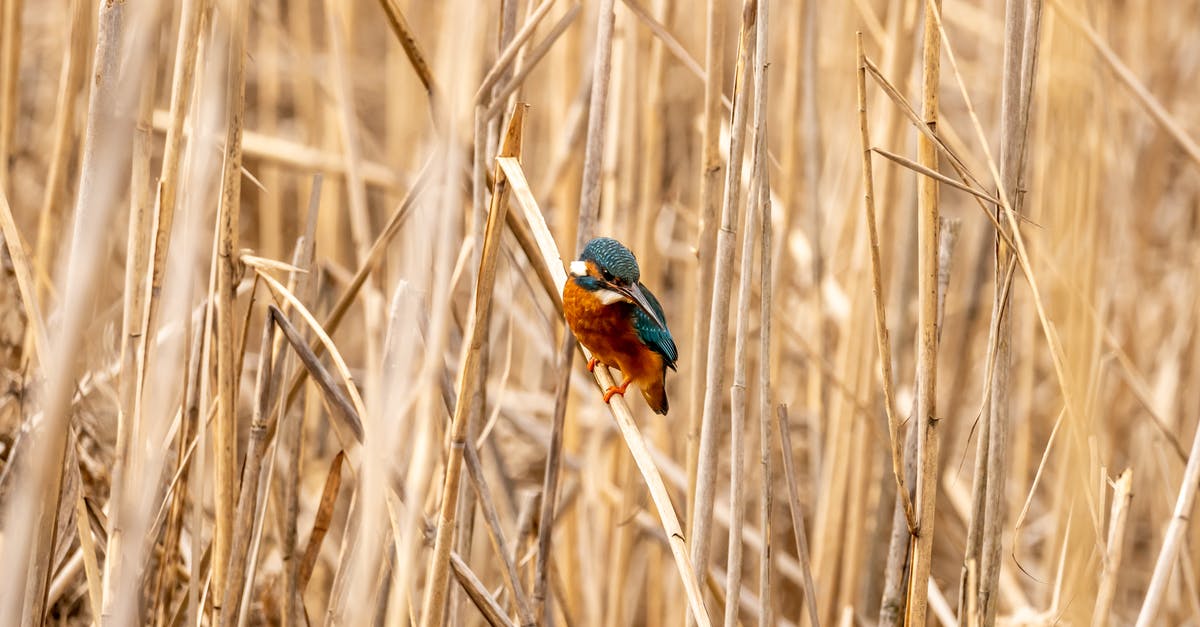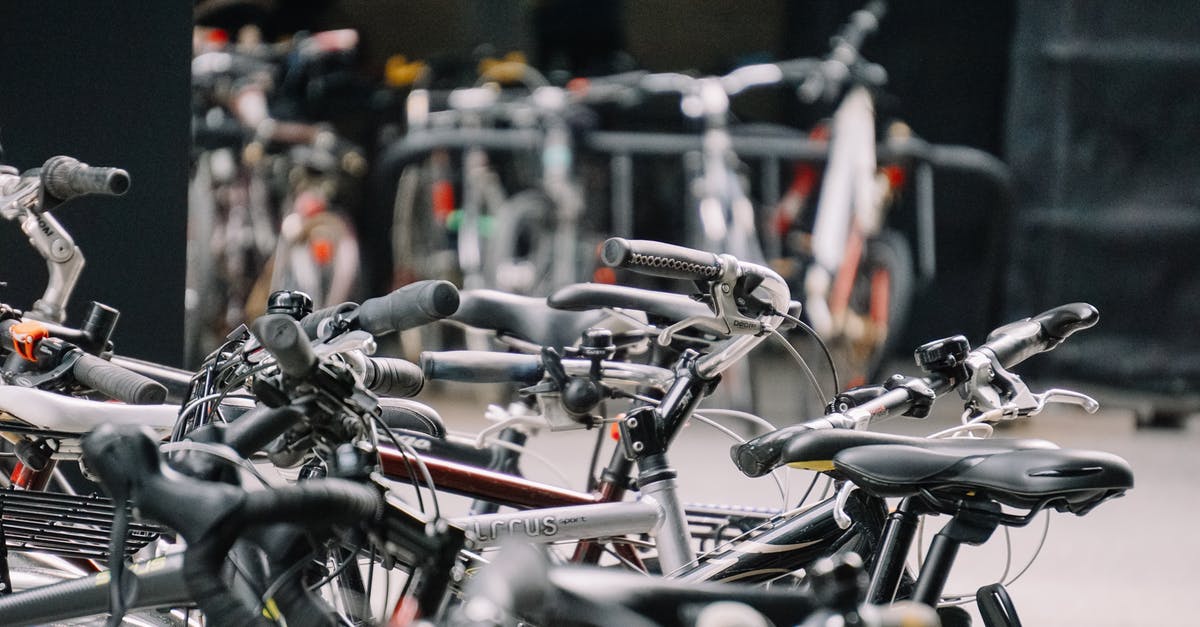Why is 180 degrees C so common in recipes?

Is there any particular reason 180 degrees Celsius is so commonly called for in baking, roasting, deep frying?
Best Answer
Ovens are by their nature a high-heat cooking method, and thus create a temperature gradient in the food. The outside of the item is the hottest, because it is in contact with the hot air, and exposed to the radiant (infrared) heat coming from the oven walls, ceiling and floor.
Heat from the outside then conducts into the inside overtime. The effect of this is that the surface of the food will be the hottest, and the center the coolest.,
180 C (350 F) is a moderate oven. It balances:
- Cooking the food through
- Overcooking the outside
It is suitable for a wide range of baked goods and other dishes, although often within limits (especially for non-baked goods) you can trade temperature and time off.
Note that a single oven can only have one temperature, and a moderate oven is good for many cakes and cookies; for baking and heating through casseroles; for roasting root vegetables; for maintaining a braise; and for roasting many meats; and many other tasks. If you want to have multiple items in the oven at the same time, it is a good temperature to choose that will give good results for a wide variety of items, even if it is not ideal for every item.
Still, it is not ideal for every cooking technique and food item. Low and slow roasting (for tremendously succulent pulled pork, brisket, and so on) is done as low as 200 F (93 C); some people favor high temperature roasting of certain meats to get a crispy exterior while maintaining a rare interior with temperatures of 450 F (232 C), or even higher.
Many breads are baked at higher temperatures--and of course, pizza infamously is ideally done at temperatures home ovens cannot even achieve, so at home they are often baked at the maximum oven setting around 550 F (280 C).
Deep frying is a separate matter, and it is a complete coincidence that the ideal temperature for deep frying matches that of roasting.
The way deep frying works is that the heat of the oil heats the outside of the food, but it is hot enough to nearly instantly vaporize the water at the surface of the food. This water creates a small pocket of vapor around the food, preventing the oil from entering and making the item completely oily. In order for this effect to happen, the oil must be sufficiently hot which starts around 180 C / 350 F.
On the other hand, again, you don't want the food to burn on the outside before it cooks through, but more importantly, you don't want the oil smoking, and developing off flavors (many culinary fats have a smoke point starting not too far above these temperatures). For these reasons, frying much above this temperature is generally not a good idea. Most ideal frying temperatures are somewhere in the 350 F - 365 F (180 C 0 185 C) range.
I suspect many recipes indicate 350 F simply because it has become common and conventional.
Pictures about "Why is 180 degrees C so common in recipes?"



Quick Answer about "Why is 180 degrees C so common in recipes?"
180°C is about the temperature where carbonization begins, and the formation of flavorful 'fond' (caramelization) occurs. Below that temperature you are baking, and above that roasting.What does 180 C mean in baking?
Answer: 180\xb0 Celsius is equal to 356\xb0 Fahrenheit.Why exact temperature is crucial in baking?
More often than not, controlling the temperature in an oven does more than just ensuring doneness\u2014it can affect the texture and flavour of the dish or baked goods. Generally, a temperature that's too low makes it harder for your food to be done, and a bitter, burnt taste will emerge in overcooked food.Why do most recipes call for 350 degrees?
The Maillard reaction is known to happen at some point between 300\xb0 and 350\xb0. Because ovens often fluctuate (or are incorrectly calibrated) a setting of 350\xb0 essentially ensures that the browning temperature is reached. Read: It's a clever way to make sure that all of those glorious flavors are formed.Are most recipes in Fahrenheit?
If you live in a country that uses Celsius, coming across a recipe using Fahrenheit is more common than you might think, as many recipe websites are based in the USA, where Fahrenheit is still the preferred measurement.The Real Reason We Bake Everything At 350 Degrees
More answers regarding why is 180 degrees C so common in recipes?
Answer 2
In Sweden, I have never seen 180 C in a recipe. Very common is 225, followed by 175 and 200. (As far as I have seen, for baking cakes, bread, and gratinating)
This site lists the oven temperature for some various game. It is either 125 or 150.
For more domestic meat, mostly 175 C is recommended by SwedishMeat.
The reason for the 25/75 endings is probably because ovens in Sweden are labeled this way.
Answer 3
180°C is about the temperature where carbonization begins, and the formation of flavorful 'fond' (caramelization) occurs. Below that temperature you are baking, and above that roasting.
As you get farther into the science of cooking or 'modernist cuisine' you'll see that certain changes occur in the sous vide (<100°C) range, yet others (like starch gelatinization & some Maillard reactions) occur between 100°C and 150°C. Additionally, you'll learn about some more extreme reactions such as oil browning and changes to heterocyclic compounds, which occur at yet higher temperatures.
Some chefs have understood these differences more intuitively, and I'd suggest looking up James Beard's 'Theory & Practice of Good Cooking' where he discusses baking vs roasting, as well as Mark Bittman (now a vegetarian I believe) and his articles in Cook's Illustrated and NYT regarding the proper roasting of a bird at up to 500°F (260°C), and not below 400°F (205°C).
Temperatures make a large difference in the reactions that take place and the resulting texture, flavor and color.
-- The other poster here is mistaken; it's not a coincidence that ~350°F to 375°F (175°C-190°C) is the 'deep frying' temperature. Deep frying temperatures are chosen with two constraints; the temp must be high enough for some carbonization (degradation) of carbohydrates to occur (>175°C) but low enough to avoid carbonization of the oils (<200°C, the smoke temp for most oils). Cooking with some limited/controlled carbonization is the entire point of deep frying and determines the -very tight- range of temperature.
Answer 4
May have something to do with Mailard/browning reactions ( google) which need some temperature to get going. You could conceivably bake bread at a much lower temp, but you would not get browning or "baked" flavors, just mush flavors.
Answer 5
350 F or 180 C causes a Maillard effect which browns bread meat an so on, much like caramelizing, but chemically different. Look up Maillard (or My-ar). A French scientist.
Sources: Stack Exchange - This article follows the attribution requirements of Stack Exchange and is licensed under CC BY-SA 3.0.
Images: Kiril Gruev, Meruyert Gonullu, cottonbro, Maarten van den Heuvel
